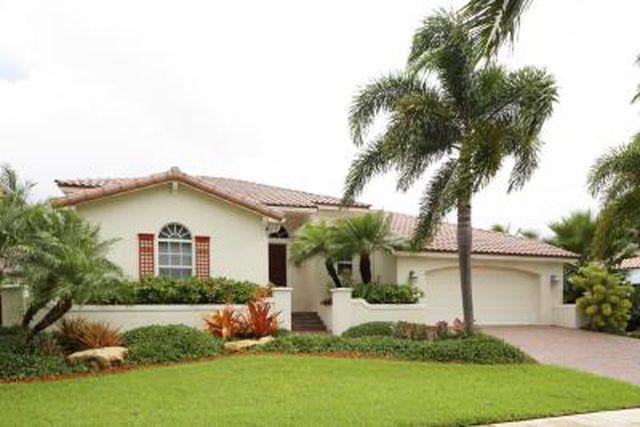Bulbs
Flower Basics
Flower Beds & Specialty Gardens
Flower Garden
Garden Furniture
Garden Gnomes
Garden Seeds
Garden Sheds
Garden Statues
Garden Tools & Supplies
Gardening Basics
Green & Organic
Groundcovers & Vines
Growing Annuals
Growing Basil
Growing Beans
Growing Berries
Growing Blueberries
Growing Cactus
Growing Corn
Growing Cotton
Growing Edibles
Growing Flowers
Growing Garlic
Growing Grapes
Growing Grass
Growing Herbs
Growing Jasmine
Growing Mint
Growing Mushrooms
Orchids
Growing Peanuts
Growing Perennials
Growing Plants
Growing Rosemary
Growing Roses
Growing Strawberries
Growing Sunflowers
Growing Thyme
Growing Tomatoes
Growing Tulips
Growing Vegetables
Herb Basics
Herb Garden
Indoor Growing
Landscaping Basics
Landscaping Patios
Landscaping Plants
Landscaping Shrubs
Landscaping Trees
Landscaping Walks & Pathways
Lawn Basics
Lawn Maintenance
Lawn Mowers
Lawn Ornaments
Lawn Planting
Lawn Tools
Outdoor Growing
Overall Landscape Planning
Pests, Weeds & Problems
Plant Basics
Rock Garden
Rose Garden
Shrubs
Soil
Specialty Gardens
Trees
Vegetable Garden
Yard Maintenance
How to Plant a Pygmy Date Palm
How to Plant a Pygmy Date Palm. Pygmy date palm (Phoenix roebelenii) is a small palm tree with feathery leaves and a single trunk. This slow-growing tree, which rarely exceeds mature heights of 6 to 10 feet, grows in U.S. Department of Agriculture plant hardiness zones 10 through 11. Although palm trees can be planted year-round, trees planted in...

Pygmy date palm (Phoenix roebelenii) is a small palm tree with feathery leaves and a single trunk. This slow-growing tree, which rarely exceeds mature heights of 6 to 10 feet, grows in U.S. Department of Agriculture plant hardiness zones 10 through 11. Although palm trees can be planted year-round, trees planted in spring and early summer establish roots faster, according to the University of Florida Cooperative Extension Service. Keep the roots moist, but not dripping wet, until you're ready to plant.
Site Selection and Preparation
Pygmy palms thrive in full sunlight or partial shade and tolerate nearly any type of well-drained soil. If the soil drains poorly, improve it in an area two to three times the width of the tree's canopy to create a healthy growing environment for the tree's entire root zone. Till the soil to a depth of at least 12 inches, and then dig in 1 to 2 inches of leaf mold, compost or other organic material.
Digging a Hole
To plant a pygmy date palm tree, dig a hole twice as wide, but no deeper, than the tree's root ball. Do not place material such as compost, mulch or peat moss in the bottom of the hole, and do not amend the removed soil. The roots may not penetrate the soil around the hole if the structure of the soil in the planting hole differs considerably from the surrounding, native soil. Similarly, water may not flow freely from the amended soil to the native soil. This is why it's beneficial to improve the soil in the entire planting area.
Successful Planting
Remove the pygmy palm carefully from the container. If the tree is wrapped, remove the burlap and string, wire or twine. To ensure all air pockets are removed, let a garden hose run slowly into the hole while you place the palm tree in the hole. The tree should be situated so the top of the root ball is about 1 inch above the surface of the surrounding soil. Otherwise, trees planted too deeply are prone to disease and rot. Once the tree is planted, backfill the hole with the removed soil. The palm's fronds are lined with very sharp thorns, so it's best to wear thick gloves when handling.
Watering After Planting
A soil dam about 2 to 3 inches high around the circumference of the tree and approximately 12 to 15 inches from the trunk helps direct water to the palm's root ball. Water the tree deeply to saturate the root zone immediately after planting. Then keep the root zone evenly moist, but never soggy, for the first four to six months. A 2- to 4-inch layer of mulch will help keep the soil moist, but don't cover the ground within 8 to 12 inches of the trunk.
Feeding a Pygmy Palm
When you see new growth -- usually about two months after planting -- the tree is well established and will benefit from regular feeding. As a general rule, use a slow-release, 8-12-12 fertilizer every three months between early spring and early autumn. Sprinkle the fertilizer evenly on the ground under the canopy of the tree at at a rate of 1 to 1 1/2 pounds for every 100 square feet.